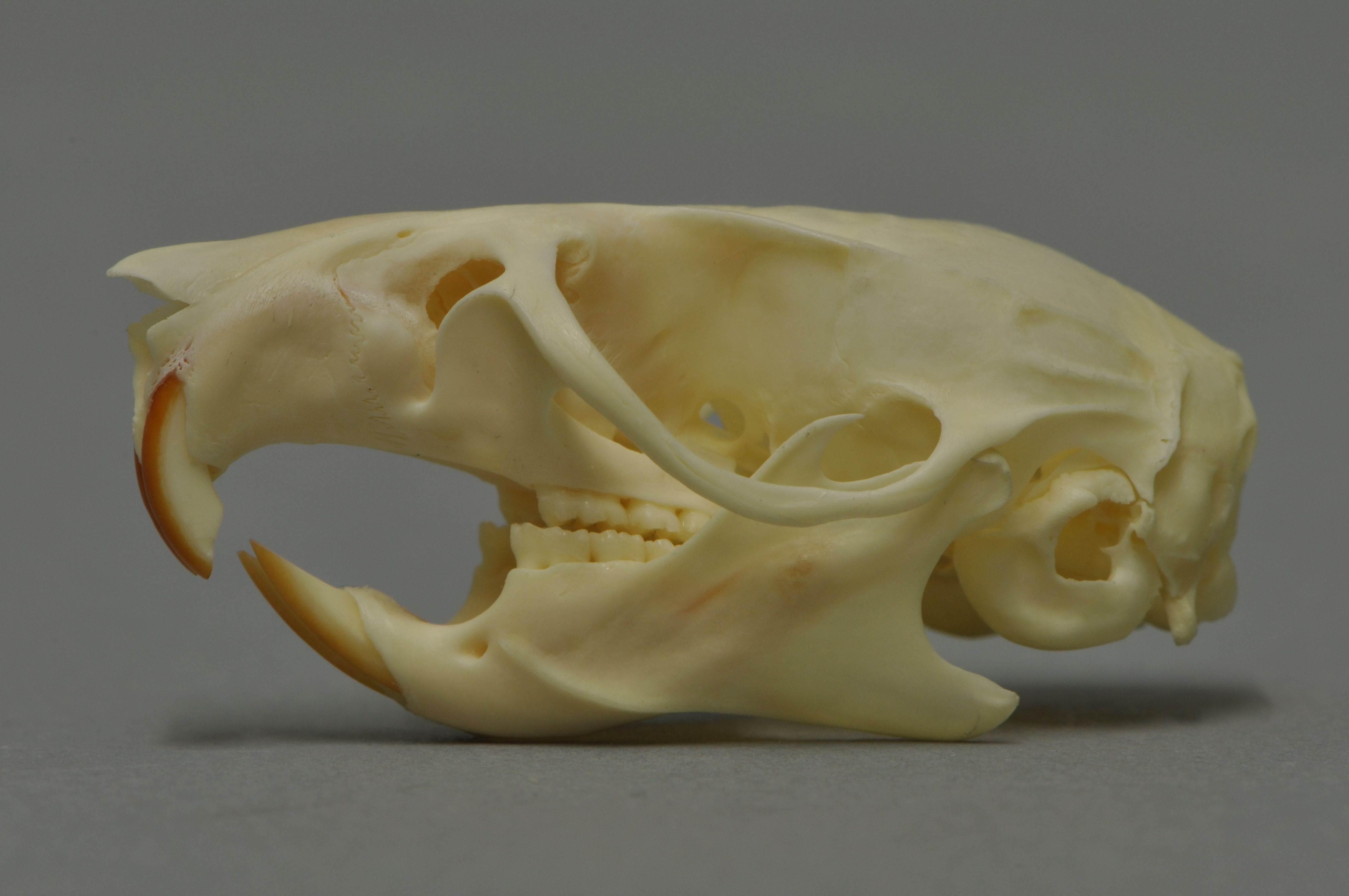|
Vini Kuhlii
Kuhl's lorikeet (''Vini kuhlii''), also called the Rimitara lorikeet, Kuhl's lory, Manu 'Ura (local appellation) or Kura (Cook Islands), is a species of lorikeet in the family Psittaculidae. It is one of several species of '' Vini'' lorikeets found in islands ranging across the South Pacific. The Kuhl for whom Nicholas Aylward Vigors named the bird in 1824 was Heinrich Kuhl, a German ornithologist whose survey of the parrots, ''Conspectus psittacorum'', had appeared in 1819. Description It is a fast flying lorikeet with vibrant plumage; a green back, wings and crown, a blue nape and legs and bright red undersides and cheeks. The average length is and the average weight is . Habitat The Kuhl's lorikeet's habitat is natural tropical moist lowland forests and plantations. Like all ''Vini'' lorikeets it is a nectarivore, and has a brushy tongue to acquire the nectar. In islands denuded of native forests and covered with extensive coconut plantations it is found exclusively in ... [...More Info...] [...Related Items...] OR: [Wikipedia] [Google] [Baidu] |
Edward Lear
Edward Lear (12 May 1812 – 29 January 1888) was an English artist, illustrator, musician, author and poet, who is known mostly for his literary nonsense in poetry and prose and especially his limerick (poetry), limericks, a form he popularised. His principal areas of work as an artist were threefold: as a draughtsman employed to make illustrations of birds and animals; making coloured drawings during his journeys, which he reworked later, sometimes as plates for his travel books; and as a (minor) illustrator of Alfred, Lord Tennyson's poems. As an author, he is known principally for his popular nonsense collections of poems, songs, short stories, botanical drawings, recipes and alphabets. He also composed and published twelve musical settings of Tennyson's poetry. Biography Early years Lear was born into a middle-class family at Holloway, London, Holloway, North London, the penultimate of 21 children (and youngest to survive) of Ann Clark Skerrett and Jeremiah Lear, a stoc ... [...More Info...] [...Related Items...] OR: [Wikipedia] [Google] [Baidu] |
Tongue
The tongue is a muscular organ (anatomy), organ in the mouth of a typical tetrapod. It manipulates food for mastication and swallowing as part of the digestive system, digestive process, and is the primary organ of taste. The tongue's upper surface (dorsum) is covered by taste buds housed in numerous lingual papillae. It is sensitive and kept moist by saliva and is richly supplied with nerves and blood vessels. The tongue also serves as a natural means of oral hygiene, cleaning the teeth. A major function of the tongue is the enabling of speech in humans and animal communication, vocalization in other animals. The human tongue is divided into two parts, an oral cavity, oral part at the front and a pharynx, pharyngeal part at the back. The left and right sides are also separated along most of its length by a vertical section of connective tissue, fibrous tissue (the lingual septum) that results in a groove, the median sulcus, on the tongue's surface. There are two groups of muscle ... [...More Info...] [...Related Items...] OR: [Wikipedia] [Google] [Baidu] |
Introduced Species
An introduced species, alien species, exotic species, adventive species, immigrant species, foreign species, non-indigenous species, or non-native species is a species living outside its native distributional range, but which has arrived there by human activity, directly or indirectly, and either deliberately or accidentally. Non-native species can have various effects on the local ecosystem. Introduced species that become established and spread beyond the place of introduction are considered naturalized. The process of human-caused introduction is distinguished from biological colonization, in which species spread to new areas through "natural" (non-human) means such as storms and rafting. The Latin expression neobiota captures the characteristic that these species are ''new'' biota to their environment in terms of established biological network (e.g. food web) relationships. Neobiota can further be divided into neozoa (also: neozoons, sing. neozoon, i.e. animals) and neophyt ... [...More Info...] [...Related Items...] OR: [Wikipedia] [Google] [Baidu] |
Tubuai Islands
The Austral Islands (french: Îles Australes, officially ''Archipel des Australes;'' ty, Tuha'a Pae) are the southernmost group of islands in French Polynesia, an overseas country of the French Republic in the South Pacific. Geographically, they consist of two separate archipelagos, namely in the northwest the Tupua'i islands (french: Îles Tubuaï) consisting of the Îles Maria, Rimatara, Rūrutu, Tupua'i Island proper and Ra'ivāvae, and in the southeast the Bass Islands (french: Îles basses) composed of the main island of Rapa Iti and the small Marotiri (also known as Bass Rocks or Îlots de Bass). Inhabitants of the islands are known for their pandanus fiber weaving skills. The islands of Maria and Marotiri are not suitable for sustained habitation. Several of the islands have uninhabited islets or rocks off their coastlines. Austral Islands' population is 6,965 on almost . The capital of the Austral Islands administrative subdivision is Tupua'i. History Whaling vesse ... [...More Info...] [...Related Items...] OR: [Wikipedia] [Google] [Baidu] |
Range (biology)
Species distribution —or species dispersion — is the manner in which a biological taxon is spatially arranged. The geographic limits of a particular taxon's distribution is its range, often represented as shaded areas on a map. Patterns of distribution change depending on the scale at which they are viewed, from the arrangement of individuals within a small family unit, to patterns within a population, or the distribution of the entire species as a whole (range). Species distribution is not to be confused with dispersal, which is the movement of individuals away from their region of origin or from a population center of high density. Range In biology, the range of a species is the geographical area within which that species can be found. Within that range, distribution is the general structure of the species population, while dispersion is the variation in its population density. Range is often described with the following qualities: * Sometimes a distinction is made betw ... [...More Info...] [...Related Items...] OR: [Wikipedia] [Google] [Baidu] |
Fossil
A fossil (from Classical Latin , ) is any preserved remains, impression, or trace of any once-living thing from a past geological age. Examples include bones, shells, exoskeletons, stone imprints of animals or microbes, objects preserved in amber, hair, petrified wood and DNA remnants. The totality of fossils is known as the ''fossil record''. Paleontology is the study of fossils: their age, method of formation, and evolutionary significance. Specimens are usually considered to be fossils if they are over 10,000 years old. The oldest fossils are around 3.48 billion years old to 4.1 billion years old. Early edition, published online before print. The observation in the 19th century that certain fossils were associated with certain rock strata led to the recognition of a geological timescale and the relative ages of different fossils. The development of radiometric dating techniques in the early 20th century allowed scientists to quantitatively measure the ... [...More Info...] [...Related Items...] OR: [Wikipedia] [Google] [Baidu] |
Europeans
Europeans are the focus of European ethnology, the field of anthropology related to the various ethnic groups that reside in the states of Europe. Groups may be defined by common genetic ancestry, common language, or both. Pan and Pfeil (2004) count 87 distinct "''peoples of Europe''", of which 33 form the majority population in at least one sovereign state, while the remaining 54 constitute ethnic minorities. The total number of national minority populations in Europe is estimated at 105 million people, or 14% of 770 million Europeans.Christoph Pan, Beate Sibylle Pfeil (2002), Minderheitenrechte in Europa. Handbuch der europäischen Volksgruppen', Braumüller, (Google Books, snippet view). Als2006 reprint by Springer(Amazon, no preview) . The Russians are the most populous among Europeans, with a population of roughly 120 million. There are no universally accepted and precise definitions of the terms " ethnic group" and "nationality". In the context of European ethnography in ... [...More Info...] [...Related Items...] OR: [Wikipedia] [Google] [Baidu] |
Black Rats
The black rat (''Rattus rattus''), also known as the roof rat, ship rat, or house rat, is a common long-tailed rodent of the stereotypical rat genus ''Rattus'', in the subfamily Murinae. It likely originated in the Indian subcontinent, but is now found worldwide. The black rat is black to light brown in colour with a lighter underside. It is a generalist omnivore and a serious pest to farmers because it feeds on a wide range of agricultural crops. It is sometimes kept as a pet. In parts of India, it is considered sacred and respected in the Karni Mata Temple in Deshnoke. Taxonomy ''Mus rattus'' was the scientific name proposed by Carl Linnaeus in 1758 for the black rat. Three subspecies were once recognized, but today are considered invalid and are now known to be actually color morphs: *''Rattus rattus rattus'' – roof rat *''Rattus rattus alexandrinus'' – Alexandrine rat *''Rattus rattus frugivorus'' – fruit rat Characteristics A typical adult black rat is long, n ... [...More Info...] [...Related Items...] OR: [Wikipedia] [Google] [Baidu] |
Kiribati
Kiribati (), officially the Republic of Kiribati ( gil, ibaberikiKiribati),Kiribati ''The World Factbook''. Europa (web portal). Retrieved 29 January 2016. is an in in the central . The permanent population is over 119,000 (2020), more than half of whom live on |
Rimatara
Rimatara is the westernmost inhabited island in the Austral Islands of French Polynesia. It is located south of Tahiti and west of Rurutu. The land area of Rimatara is , and that of the Maria islets is .Environnement marin des îles Australes p. 205 Its highest point is . Its population was 872 at the 2017 census.Répartition de la population en Polynésie française en 2017 Institut de la statistique de la Polynésie française Rimatara is a circular volcanic plateau surrounded by a reef with a height of . The main villages ... [...More Info...] [...Related Items...] OR: [Wikipedia] [Google] [Baidu] |
French Polynesia
)Territorial motto: ( en, "Great Tahiti of the Golden Haze") , anthem = , song_type = Regional anthem , song = " Ia Ora 'O Tahiti Nui" , image_map = French Polynesia on the globe (French Polynesia centered).svg , map_alt = Location of French Polynesia , map_caption = Location of French Polynesia (circled in red) , mapsize = 290px , subdivision_type = Sovereign state , subdivision_name = , established_title = Protectorate proclaimed , established_date = 9 September 1842 , established_title2 = Territorial status , established_date2 = 27 October 1946 , established_title3 = Collectivity status , established_date3 = 28 March 2003 , established_title4 = Country status (nominal title) , established_date4 = 27 February 2004 , official_languages = French , regional_languages = , capital = Papeete , coordinates = , largest_city = Fa'a'ā , demonym = French Polynesian , ethnic_groups = 66.5% unmixed Polynesians7.1% mixed Polynesians9.3% Demis1 ... [...More Info...] [...Related Items...] OR: [Wikipedia] [Google] [Baidu] |





